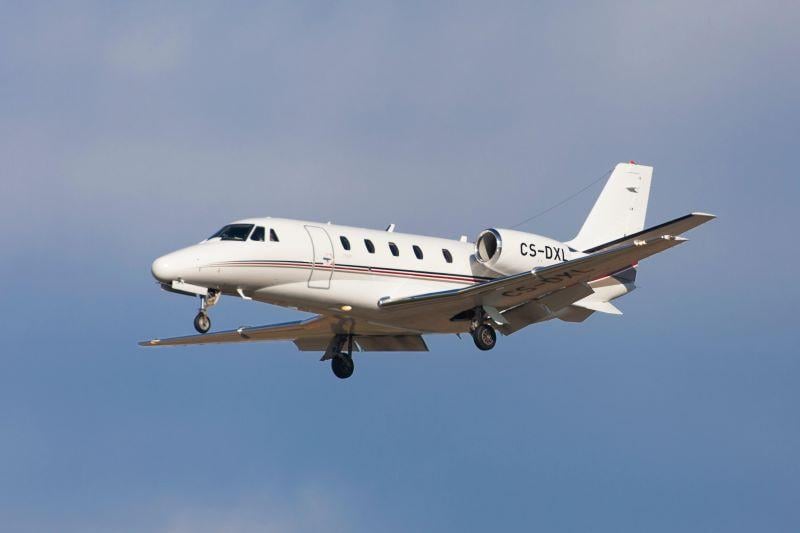
MIAMI—A shift in Part 135 charter operators could lead to new market dynamics.
In 2016, 262 Part 135 operators flew 3,004 aircraft compared to 2022 when 252 operators fly 3,825 aircraft. This means the average fleet sizes of Part 135 operator have increased 38%, to 15.7 from 11.4 from 2016-22, due to consolidation and fleet expansion, says Kenn Ricci, principal for Directional Aviation.
In 2017, there were only two Part 135 operators that had more than 80 aircraft (NetJets and FlexJet), and today there are seven or eight, says Ricci, speaking at Corporate Jet Investor Miami.
The five biggest today are NetJets, Flexjet (part of Directional Aviation), Vista Jet, Wheels Up and Jet Linx.
This has partly been driven by the fact there is a high demand for charter hours, which has led to rate increases. Coupled with low interest rates, this drove aircraft purchases. “Fleet operations gathered momentum,” and private equity invested in 92 private aviation aircraft operating companies in five years, according to PitchBook, says Ricci. With this infusion of capital, new products were created—from 10-hr. jet cards to a non-stop one-way, he says. To fulfill the expanded products, that also prompted fleet expansion.
In addition, “I believe there have been five or six transactions in private equity in excess of $400 million, so not only have there been 92 different investments, we’re at a whole different level of the amount of capital that’s been infused in the industry,” Ricci says.
There’s also been an influx in capital deployed to FBO and maintenance infrastructure to support the expansion.
He postures that as larger fleet operators control more of the fleet and “corporate flight departments are struggling to grow,” OEMs should rethink their sales process and shift it to look more like the airline process, including financing and maintenance support.
And now, instead of Flexjet, a company that is in the process of going public, and NetJets being the two large fleet charter operators, “there will be more than two” and aircraft management companies could pre-buy delivery positions. “This creates a different go-to market model,” Ricci says.
“Take the fleet operators and put them together with the larger consolidation, maintenance and FBOs and you see a tug-of-war beginning between the private equity investors who need a return from their FBO investments and the private equity investors that need a return from their fleet investments,” Ricci says.
He sees a second tug-of-war happening with maintenance capacity as OEMs expand their service centers to try to capture more of the aftermarket. He thinks as OEMs and large fleet operators negotiate back and forth over maintenance, the smaller operator will get pinched in the middle.


